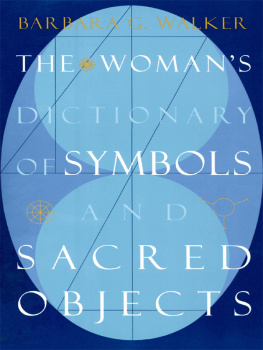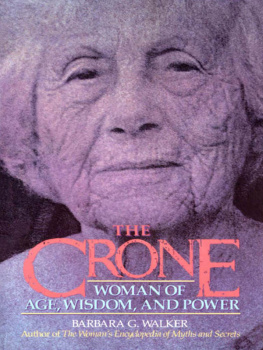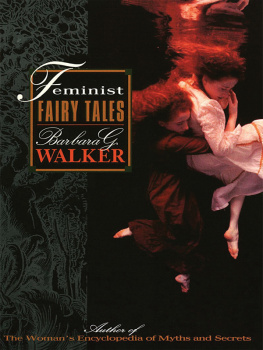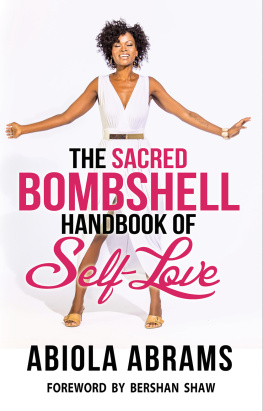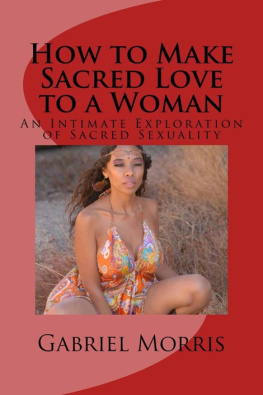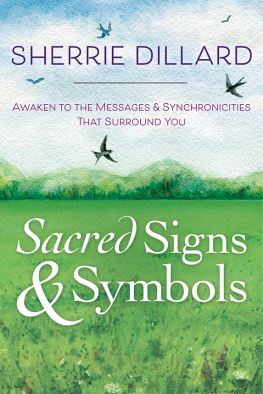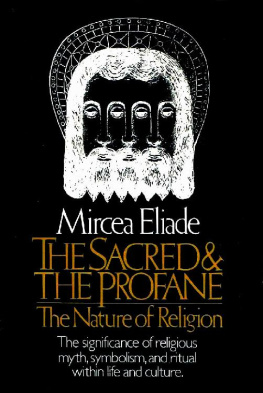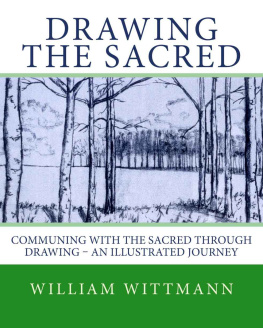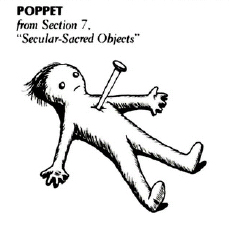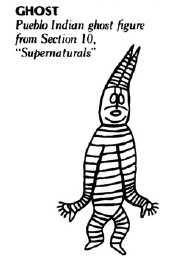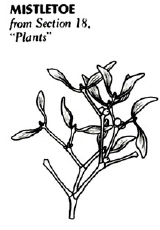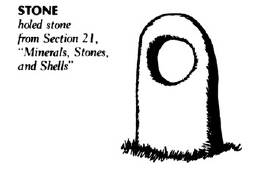Barbara G. Walker - The Woman’s Dictionary of Symbols and Sacred Objects
Here you can read online Barbara G. Walker - The Woman’s Dictionary of Symbols and Sacred Objects full text of the book (entire story) in english for free. Download pdf and epub, get meaning, cover and reviews about this ebook. year: 1988, publisher: HarperOne, genre: Religion. Description of the work, (preface) as well as reviews are available. Best literature library LitArk.com created for fans of good reading and offers a wide selection of genres:
Romance novel
Science fiction
Adventure
Detective
Science
History
Home and family
Prose
Art
Politics
Computer
Non-fiction
Religion
Business
Children
Humor
Choose a favorite category and find really read worthwhile books. Enjoy immersion in the world of imagination, feel the emotions of the characters or learn something new for yourself, make an fascinating discovery.
- Book:The Woman’s Dictionary of Symbols and Sacred Objects
- Author:
- Publisher:HarperOne
- Genre:
- Year:1988
- Rating:5 / 5
- Favourites:Add to favourites
- Your mark:
The Woman’s Dictionary of Symbols and Sacred Objects: summary, description and annotation
We offer to read an annotation, description, summary or preface (depends on what the author of the book "The Woman’s Dictionary of Symbols and Sacred Objects" wrote himself). If you haven't found the necessary information about the book — write in the comments, we will try to find it.
This fascinating guide to the history and mythology of woman-related symbols features:
- Unique organization by shape of symbol or type of sacred object
- 21 different sections including Round and Oval Motifs, Sacred Objects, Secular-Sacred Objects, Rituals, Deities Signs, Supernaturals, Body Parts, Nature, Birds, Plants, Minerals, Stones and Shells, and more
- Introductory essays for each section
- 753 entries and 636 illustrations
- Alphabetical index for easy reference
Three-Rayed Sun The sun suspended in heaven by three powers, perhaps the Triple Goddess who gave birth to it (see Three-Way Motifs).
Corn Dolly An embodiment of the harvest to be set in the center of the harvest dance, or fed to the cattle to `make them thrive year round (see Secular-Sacred Objects).
Tongue In Asia, the extended tongue was a sign of life-force as the tongue between the lips imitated the sacred lingam-yoni: male within female genital. Sticking out the tongue is still a polite sign of greeting in northern India and Tibet (see Body Parts).
Cosmic Egg In ancient times the primeval universe-or the Great Mother-took the form of an egg. It carried all numbers and letters within an ellipse, to show that everything is contained within one form at the beginning (see Round and Oval Motifs).
Barbara G. Walker: author's other books
Who wrote The Woman’s Dictionary of Symbols and Sacred Objects? Find out the surname, the name of the author of the book and a list of all author's works by series.

